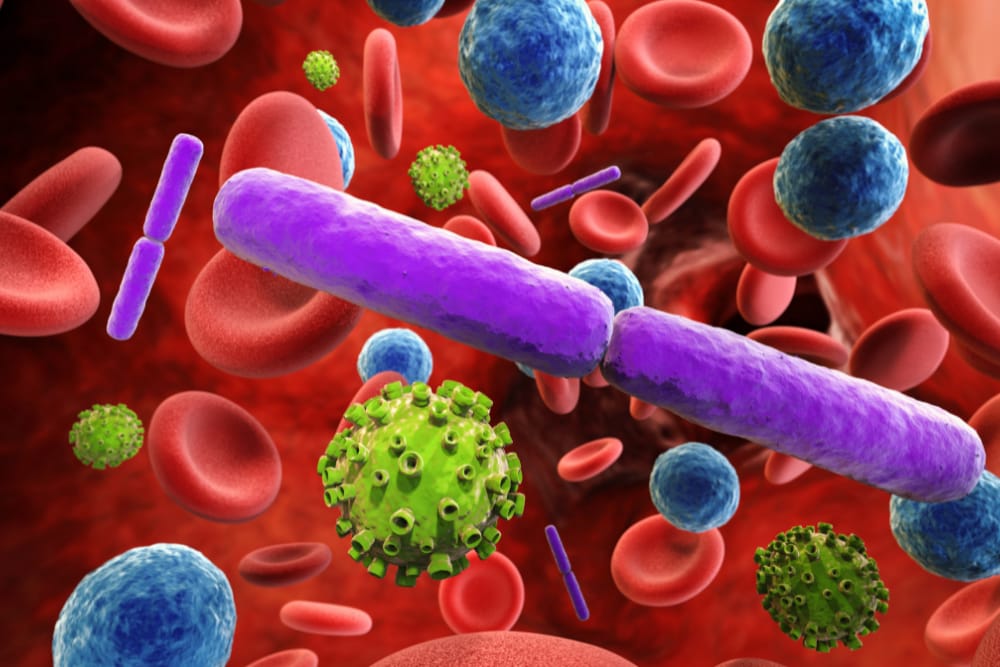Concerns about deadly fungal infections are growing nearly as fast as the outbreaks themselves. From popular televisions shows to recent articles in the Wall Street Journal and Fast Company, the attention has been swift and breathless.
Unfortunately, lost in the scramble to highlight their potency and develop a cure has been any agreement on an effective strategy for cutting into their spread. Over centuries of fighting diseases, humanity has developed a proven approach to containing outbreaks by first identifying how they spread and then breaking the chain of infection.
Like using preventive measures such as diet and exercise to stave off heart disease and other dangerous health conditions, healthcare has a distinct opportunity to prevent the spread of infections by addressing one of the primary root causes, improper cleaning and disinfecting.
The Rise of Fungal Infections
Earlier this year, the Centers for Disease Control and Prevention (CDC) issued a warning on the spread of Candida auris, a fungal infection that is one of the more prominent multi-drug resistant organisms today. Hard to diagnose and highly lethal in those infected, it has expanded quickly across large swaths of the United States, having grown from 53 people diagnosed in 2016 to at least 2,377 people in 2022, with cases tripling year over year.
Severe fungal infections are deadly, with some having fatality rates of greater than 50%. And research shows that the risk of death can double for some fungal infections if treatment is delayed by even a day. In total, fungal infections kill at least 1.6 million people per year, according to the Global Action for Fungal Infections, but the actual number is likely much higher because of misdiagnoses.
Preventive Interventions Buy Time
History tells us we should be moving quickly to break the chain of infection to slow or halt the spread of Candida auris and other fungal outbreaks.
One of the hard-won lessons from the COVID-19 pandemic is that a lack of uniform adherence with preventive guidance allowed the virus to spread rapidly, causing millions of unnecessary deaths before vaccines were made available. Even though compliance across the entire general public is admittedly difficult to sustain, enforcement of preventive best practices in our healthcare systems should be achievable.
When presented with an urgent, rising infection concern like Candida auris, the smart first step is to refine and augment our preventive efforts.
I saw this firsthand early in my career fighting the Ebola outbreak in West Africa. It was the heroic effort of rapid response teams and healthcare workers at Ebola Treatment Units conducting contact tracing, isolating those exposed, and adherence to rigorous infection prevention and control standards that helped contain the disease while a vaccine was developed and deployed.
An additional benefit of leaning into better cleaning and disinfection is that a large number of epidemiologically important pathogens are transmitted through surfaces, like C. difficile, methicillin-resistant S. aureus (MRSA), and vancomycin-resistant enterococci (VRE), meaning improved disinfection targeting one disease also has the potential to broadly prevent the spread of other diseases at the same time.
Hospitals as Primary Lines of Defense
Unfortunately, our places of healing also seem to be the most adept at spreading fungal infections. In fact, a CDC paper found that most Candida auristransmission in the U.S. to date has occurred in long-term healthcare facilities.
This is partly because studies show that many healthcare facilities have a significant opportunity to improve their disinfection compliance, which – when done poorly – leaves the door open for rapid spread of contagion. A 2010 study across 27 hospitals found the average percentage of high-touch surfaces cleaned was 49.5%, while a study published this year by several Veterans Administration hospitals and long-term care facilities reported compliance at 33.6%.
The good news is that a handful of innovative hospitals have demonstrated how even incremental process change can lead to real impact on patient safety.
In 2006, researchers at Rush University Medical Center found that a proactive effort of training environmental services staff and improving cleaning metrics from 48% to 87% led to a 50% reduction in acquisition of VRE. In 2008, a team at Brigham and Women’s Hospital found that bringing cleaning compliance from 44% to 71% was linked to a 49% reduction in MRSA.
Most recently, a new study published this year conducted across eight hospitals at Trinity Health demonstrated that using a sporicidal disinfectant hospital-wide and improving cleaning quality from 59% to 93% was associated with a 50% decrease in hospital-onset C. difficile infections.
What’s compelling about these data sets is that they don’t necessarily require an impossible standard of 100% perfection to reduce infections – improvements that lead to compliance rates to near 80% or better were typically enough to make a difference.
And they can be instituted quickly. Canada’s second largest health system Fraser Health deployed an updated infection prevention process combining new technology with basic improvements like standardized cleaning carts. Weeks after rolling out these changes and with comprehensive staff training, Fraser Health documented a containment in outbreaks this past winter season compared to historical ones.
The bold headline in all of this is that room for immediate improvement exists. Fungal infections are a clear and present threat that have the potential to spiral out of control if not properly contained. But we can slow this spread through an emphasis on better cleaning techniques and training across our health systems, buying us time to develop better pharmacological interventions and a potential cure. The key is that we act now, before the problem gets worse.

Jason Kang
Jason Kang is Co-founder & Chief Innovation Officer at Kinnos.







